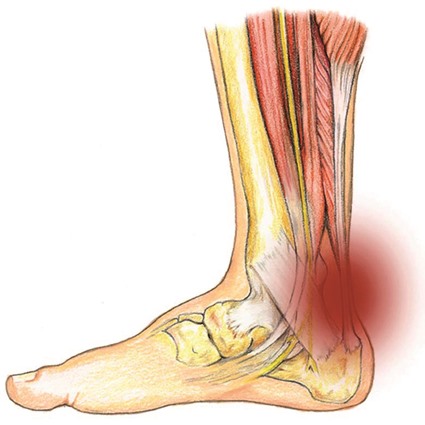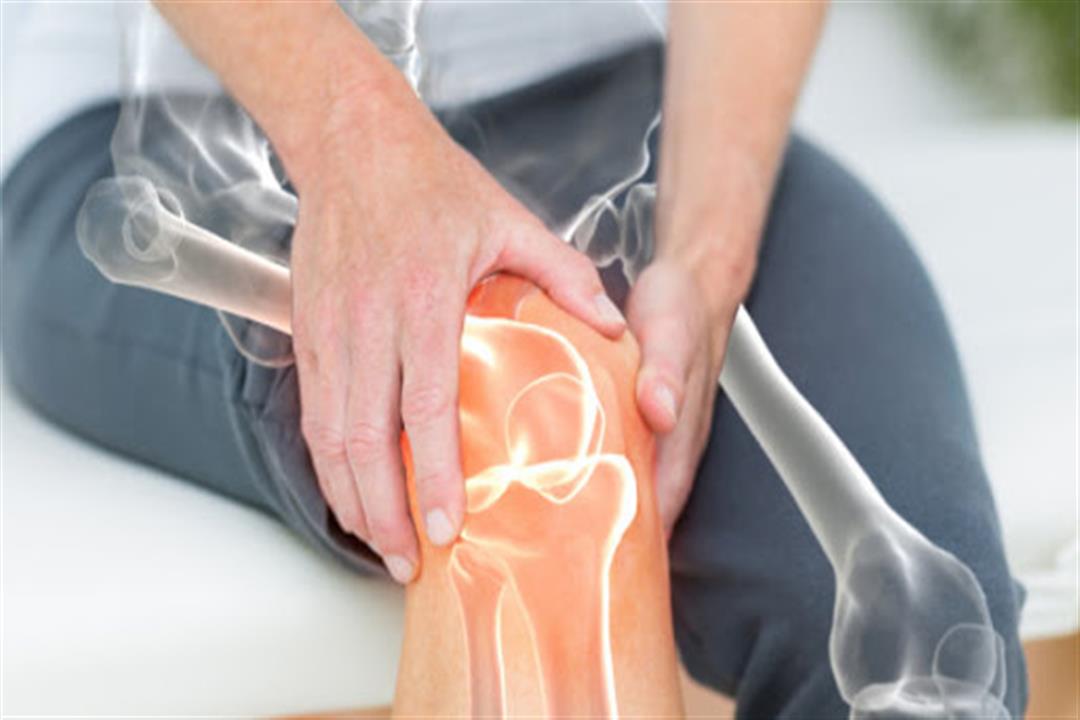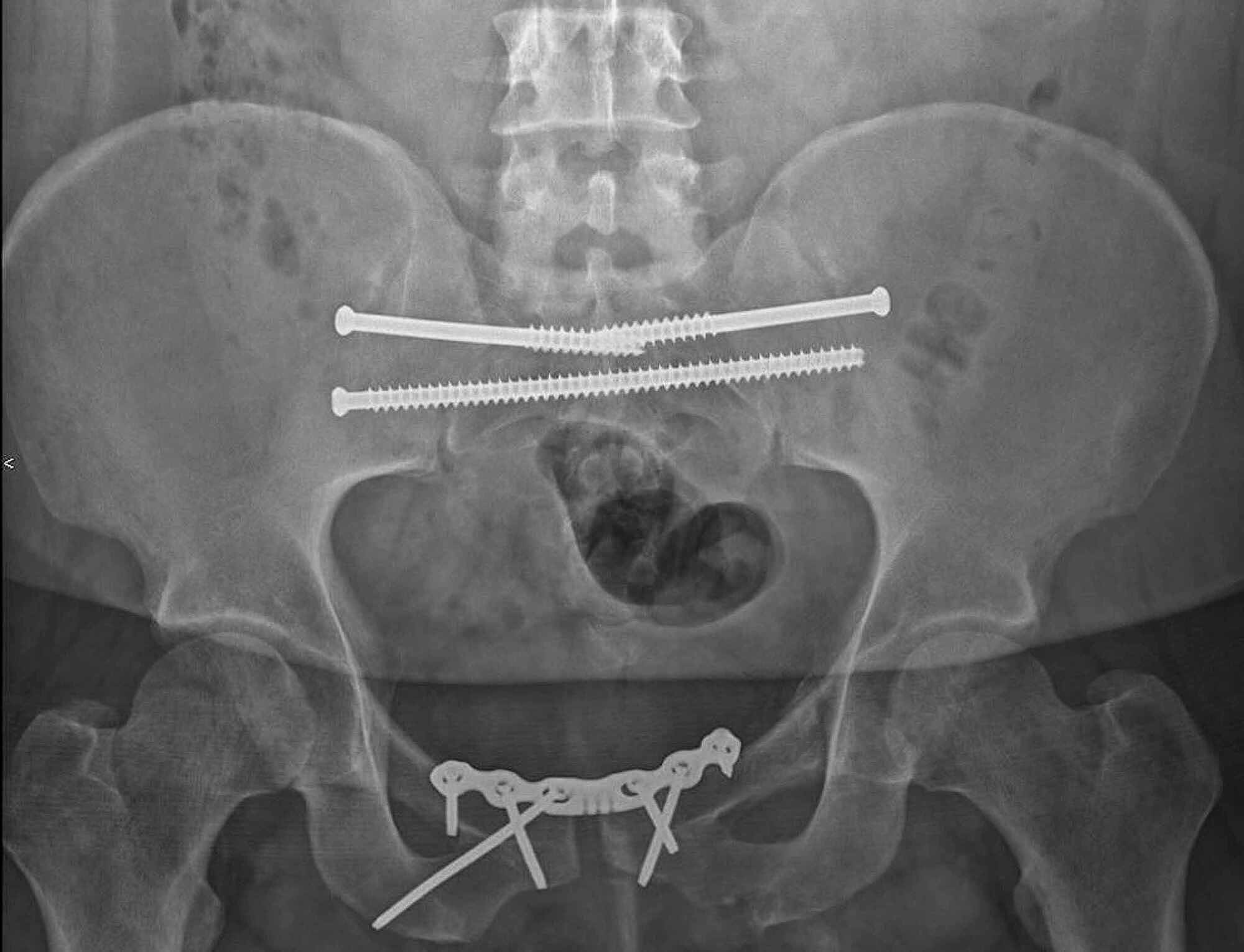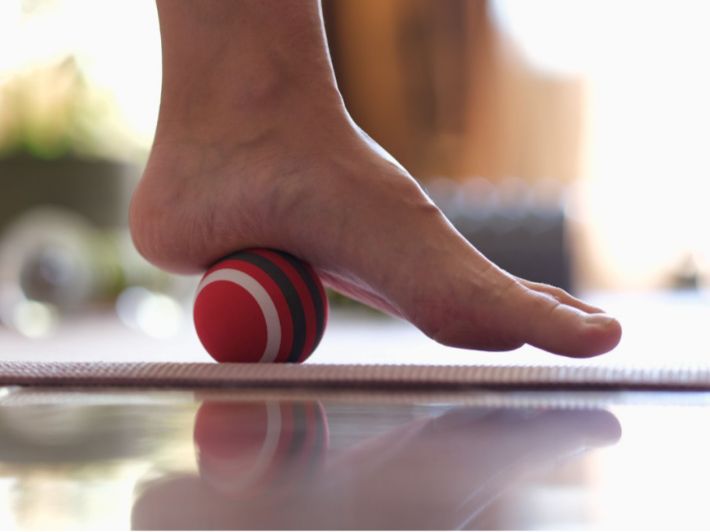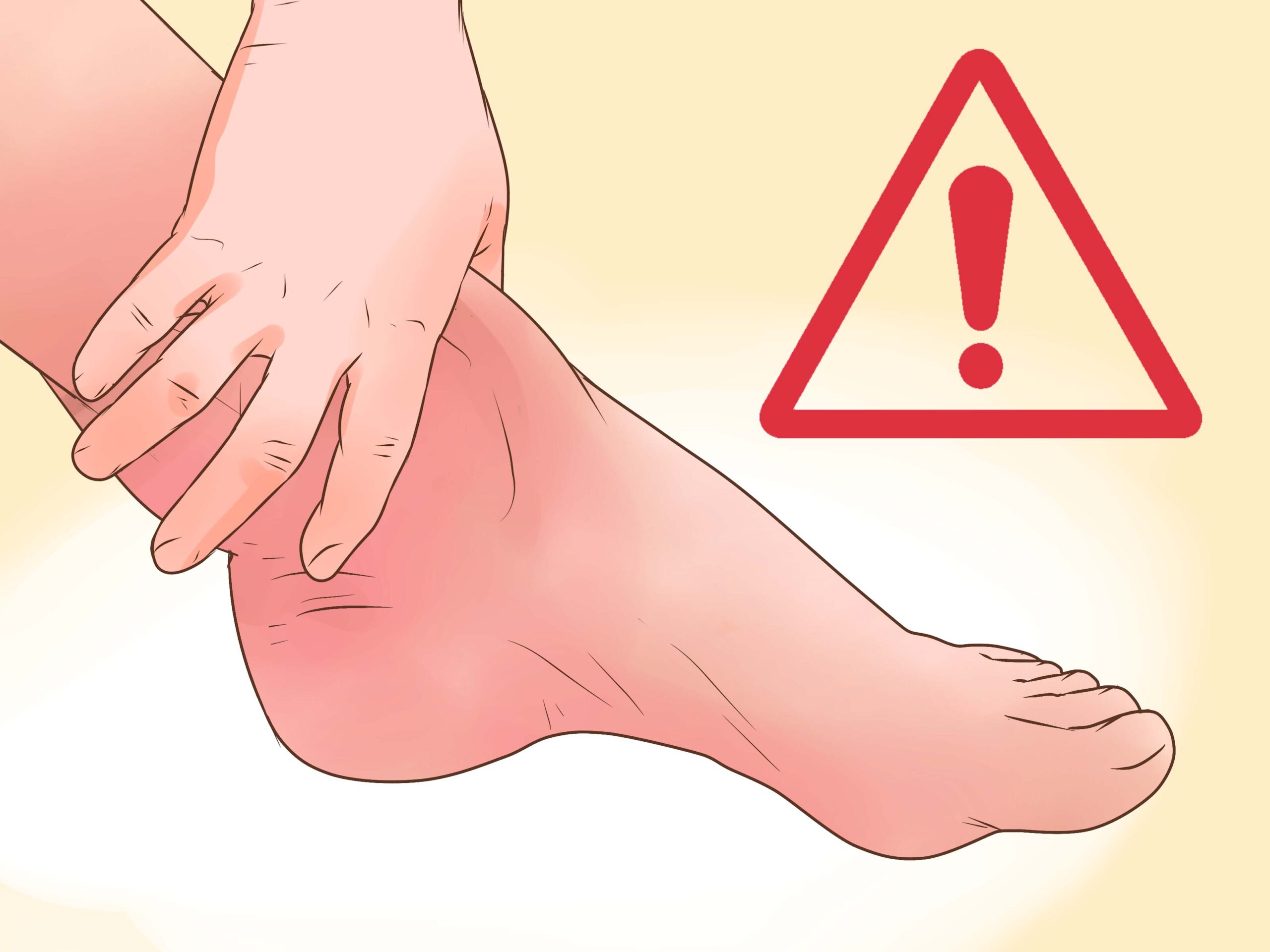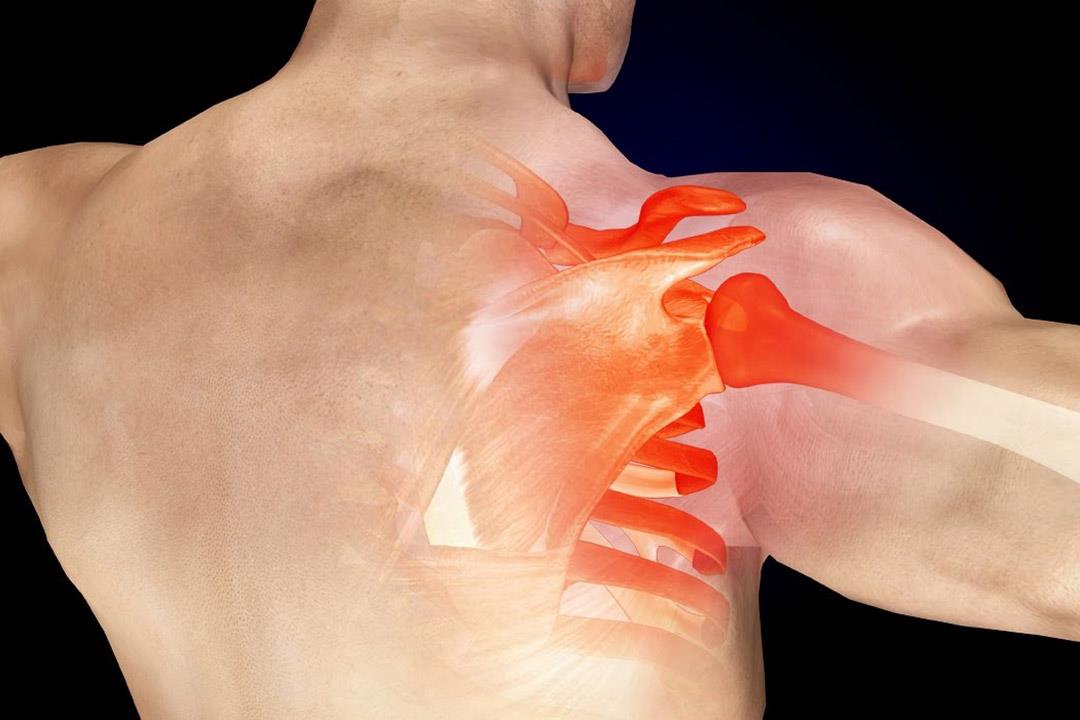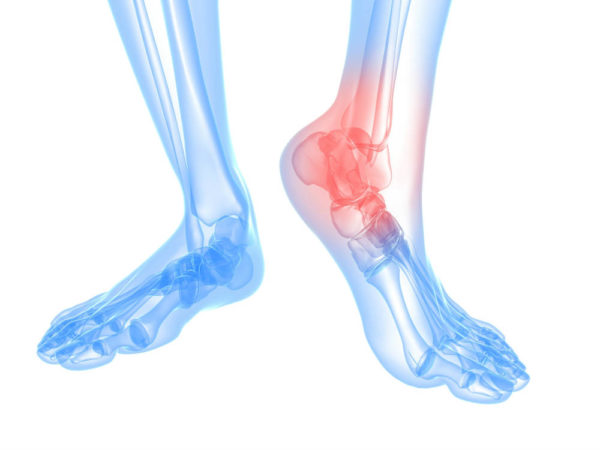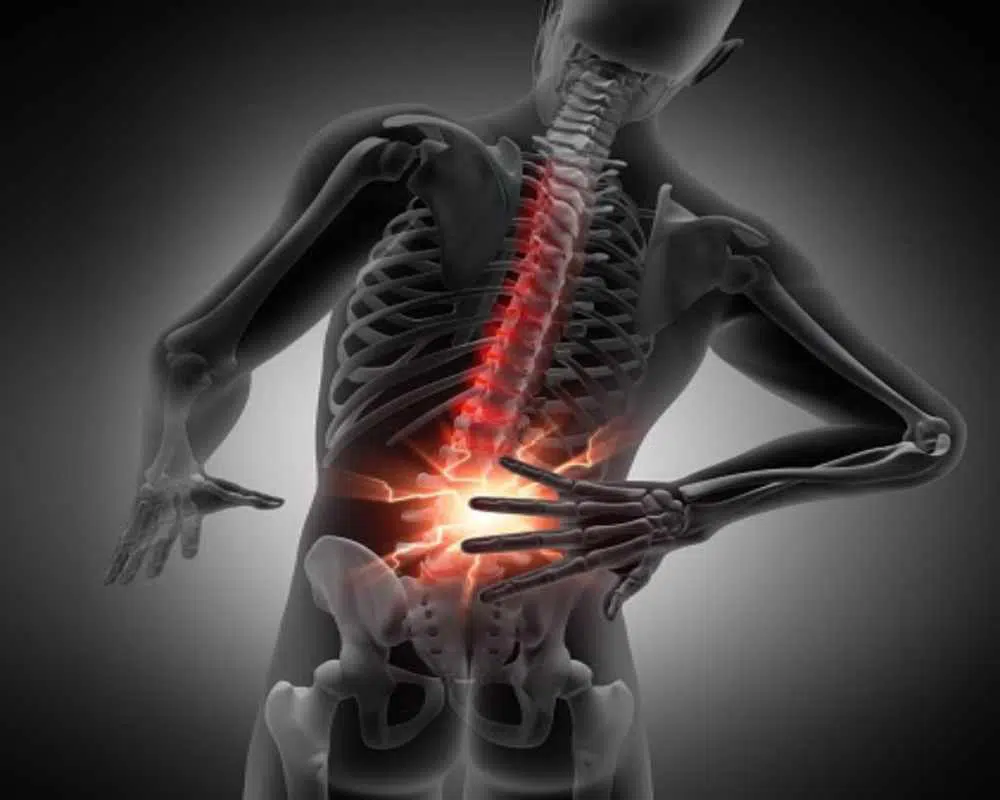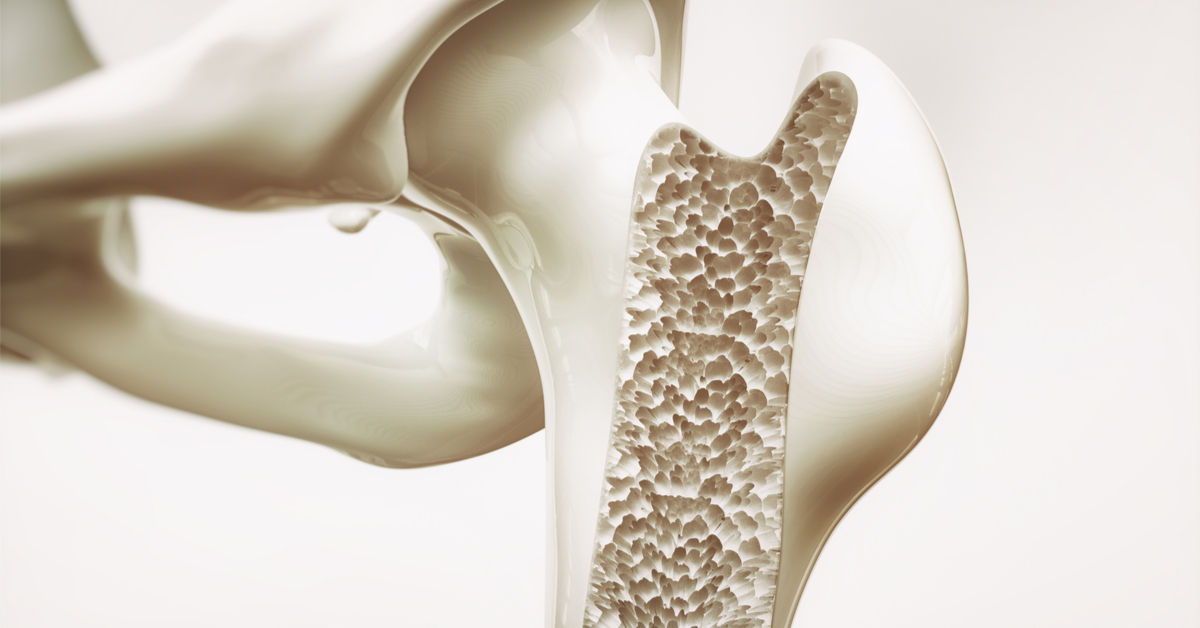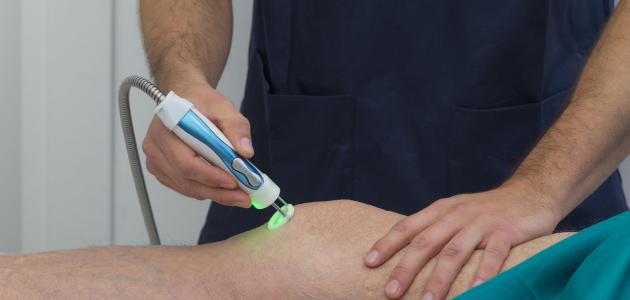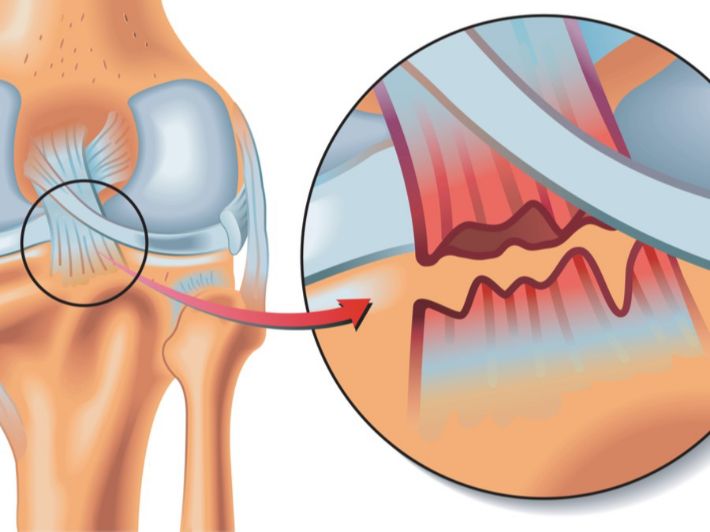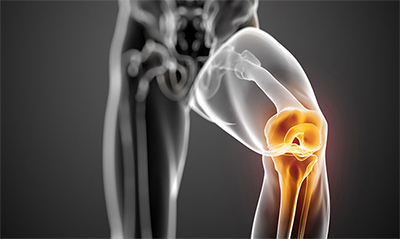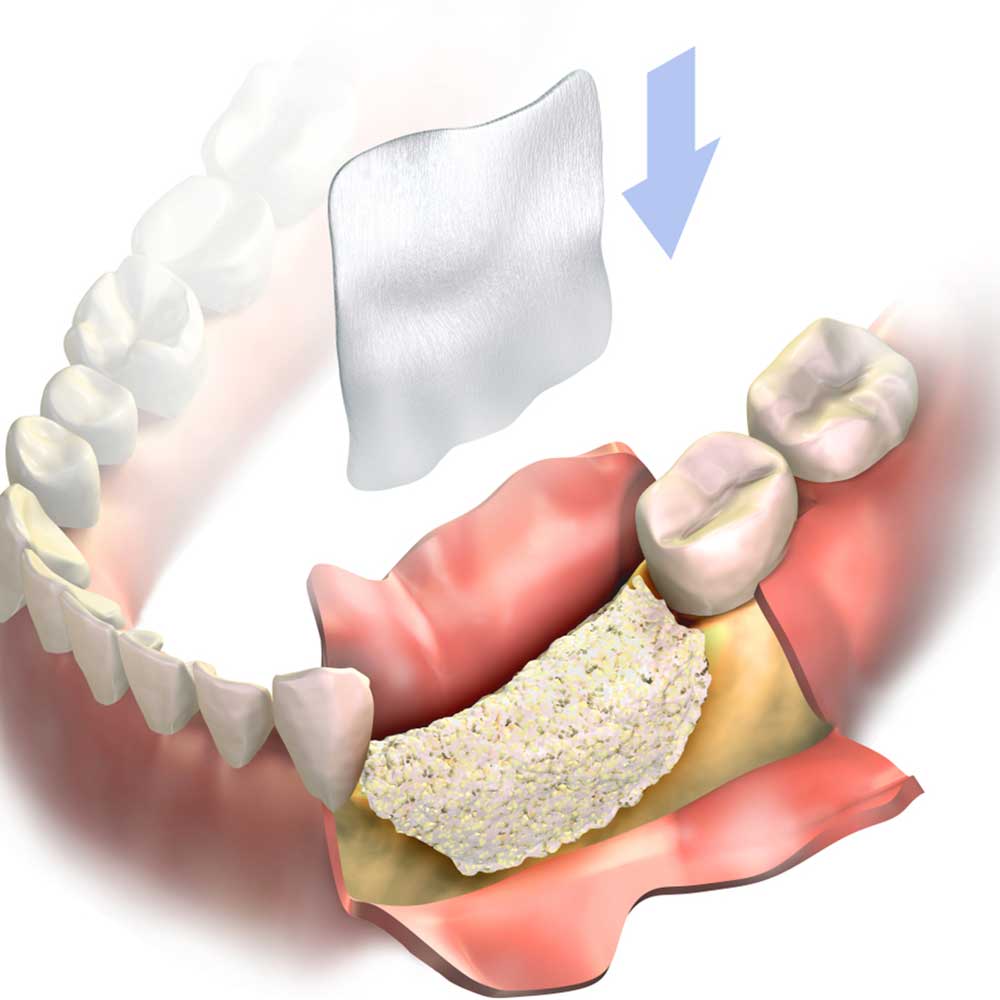What are neck paragraph exercises? And learn about the causes of shoulder pain
Neck Vertebrae Exercises
Neck Vertebrae Exercises: Discover activities that help strengthen and alleviate neck pain.
The neck is a sensitive area in the human body, and many people suffer from neck-related problems such as persistent pain and muscle tension. Neck vertebrae exercises are an effective way to strengthen neck muscles and increase their flexibility, in addition to relieving neck pain.
These exercises work to improve muscle balance and correct body posture, which helps reduce tension and tightness in the neck area. In this article, we will present some effective exercises to strengthen neck vertebrae muscles and improve neck health in general.
Neck Rolls:
- Stand relaxed with your arms by your sides.
- Begin by slowly rotating your head clockwise. Make the movement smooth and fluid.
- Continue the motion for 10-15 seconds, then start rolling counterclockwise.
- Repeat this motion 3-5 times in each direction.
Neck Side Stretch:
- Stand with your right side slightly forward.
- Place your left hand on the right side of your head and hold it.
- Gently pull your head towards the left side until you feel a stretch in the right side of your neck.
- Hold the position for 15-20 seconds, then return to the starting position.
- Repeat the same movement on the left side.
Forward and Backward Tilts:
- Stand and tighten the muscles in the lower part of your back.
- Slowly move your head forward until you feel a stretch in the back of your neck.
- Maintain this position for 10-15 seconds, then return to the starting position.
- Tilt your head slightly backward until you feel a stretch in the front of your neck.
- Hold this position for 10-15 seconds, then return to the starting position.
Additional Tips for Improving Neck Health Maintain proper sitting posture when using the computer or mobile phone. Use an appropriate pillow for sleeping to support the neck. Take short breaks from work or extended sitting. Take some time away from electronic devices and enjoy outdoor activities. Consult your specialized physician if neck pain is chronic or negatively affecting your daily life. When Should You Consult a Doctor?
You may need to consult a doctor if neck pain is severe, chronic, or worsening over time. The doctor may refer you to a physical therapist for assessment and appropriate treatment.
In conclusion, neck vertebrae exercises are effective in strengthening neck muscles and alleviating pain. These exercises can be easily performed at home regularly. Before starting any physical activity, make sure to consult your doctor or a physical therapist to determine the best exercises for your health condition.
How to Strengthen Neck Vertebrae?
Neck vertebrae are an important part of the skeletal system, playing a crucial role in supporting the head, enabling its movement, and protecting it. However, many people may face neck problems, such as neck pain, muscle stiffness, or strains. Therefore, strengthening neck vertebrae can have a positive impact on overall health and comfort. Here are some effective ways to strengthen neck vertebrae:
Stretching and Lengthening Exercises: These exercises involve stretching the body and moving the neck in all directions. These exercises should be performed slowly and gradually, avoiding overstretching or moving in unnatural ways. Deep breathing techniques can also be used to increase muscle relaxation and improve neck flexibility.
Strength Exercises: These exercises involve using resistance to strengthen the neck and its vertebrae. Simple tools like light weights or resistance bands can be used. Effective exercises for strengthening neck vertebrae include:
Neck Muscle Strengthening Exercise: Extend your arms sideways and place your hand’s palm on the front of your head. Keep your head in place and use your hand to provide resistance while attempting to tilt your head to the side.
Healthy Practices: These practices include maintaining proper sitting posture and avoiding prolonged immobility. Provide adequate neck support while sitting by using comfortable pillows and adjusting the chair height to keep the neck in a straight position. Also, avoid improper heavy lifting and sudden movements that may stress the neck.
Therapeutic Massage: Therapeutic massage may help alleviate pain and reduce tension in the neck area. Various massage techniques can be used to improve blood circulation and overall muscle relaxation.
Consulting a Specialist: Consulting a specialist may be necessary for chronic neck pain or the occurrence of symptoms such as numbness or weakness in the limbs. The specialist can assess the condition and guide you toward optimal treatment, including physical therapy sessions or other appropriate therapies.
With proper attention and regular, correct practice of these exercises, neck vertebrae strengthening can be achieved. This should be done gradually and in a balanced manner, avoiding any exercises that may cause injuries or muscle strain. Therefore, it is always advisable to collaborate with a specialist for the best results and to avoid any health issues.
What Are the Best Neck Exercises?
The neck is one of the areas that can often feel tension and muscle stiffness. This is due to the modern lifestyle that requires us to sit for long periods in front of computers or use smartphones for extended periods as well. As a result, many people suffer from neck pain, and this pain can extend to the shoulders and back. To maintain neck health, reduce tension, and alleviate pain, some exercises designed to strengthen neck muscles and improve their flexibility can be practiced. In this article, we will present some of the best exercises that can be performed for neck health.
Neck Stretch Exercise: Start by sitting in an upright position with your hands by your sides. Slowly tilt your head towards the right until you feel a stretch on the left side of your neck. Hold this position for 20-30 seconds, then repeat the exercise on the other side.
Side Neck Stretch Exercises: Start by sitting in an upright position and raise your hands to the side of your head, with your fingers pointing towards your neck. Gently tilt your head towards the right side until you feel a stretch on the left side of your neck. Maintain this position for 20-30 seconds, and then turn your head in the opposite direction to stretch the neck.
Neck Rotation Exercises: Begin by sitting in an upright position and raise your hands to the side of your head. Gently tilt your head towards the right side and then rotate it clockwise until it returns to the original position. Repeat this exercise 5-10 times, and then perform the same process in the opposite direction.
Forward Neck Stretch Exercises: Start by sitting in an upright position and raise your hands to the side of your head. Gently tilt your head forward and downward under your chest, using your hands to enhance the stretch. Maintain this position for 20-30 seconds.
Note that these exercises are effective when performed correctly and regularly. It’s good to practice these exercises for 5-10 minutes daily for the best results. Additionally, it is advisable to consult a doctor before engaging in any physical exercises to ensure they are suitable for your health condition and do not cause any undesirable side effects.
In conclusion, if you are experiencing neck pain and want to maintain its health, practicing neck muscle strengthening and flexibility-improving exercises can be beneficial for you. Choose the appropriate exercises and incorporate them into your daily routine to improve your neck health and alleviate daily stress and tension.
How to Get Rid of Neck Pain from the Back?
Neck pain is one of the most common health issues in modern times, partly due to poor posture and movements we adopt while sitting and working on the computer for long periods every day. So, if you are suffering from neck pain from the back and looking for effective ways to alleviate it, this article will provide you with 7 proven and effective methods to improve your neck’s health.
- Tennis Ball Massage Exercises:
- Get a tennis ball and start massaging the base of your skull with it using various techniques.
- If you feel a tight spot, apply pressure for 20 to 30 seconds, then release and continue massaging. Results: The tennis ball will help you regain mobility by working into your soft tissue and breaking up tightness and stiffness in your muscles.
- Back and Neck Strengthening Exercises:
- Lie on your stomach with your chin on the ground and your arms at your sides.
- Bend your knees so that your heels reach your buttocks.
- Inhale and lift your heels towards the ceiling and your thighs off the ground. Lift your upper body off the floor at the same time.
- Hold this position for 10 seconds.
- Slowly lower your body back to the ground as you exhale. Results: The cobra pose will help stabilize your rounded shoulders by opening them up from the front and also strengthen your back muscles.
- Floor Traction Exercises:
- Kneel on the floor with your knees and thighs perpendicular to the ground.
- Place your hands on the back of your pelvis with your palms resting on your hip crests.
- Gently pull your tailbone forward and press the upper trunk backward.
- Hold the position for 30 to 60 seconds, then return to the initial position. Results: The cow pose will help alleviate stiffness in your neck muscles and increase mobility in this area.
Note that these exercises can be effective when performed correctly and regularly. It’s advisable to consult a healthcare professional before starting any exercise program, especially if you have existing neck pain or medical conditions.
Back Strengthening Exercises: Lie on your stomach and extend your legs backward, placing your feet on the ground. Place your hands on the ground directly under your shoulders. Inhale and start lifting your chest off the ground by straightening your arms. Press your pubic bone toward the ground and gently arch your spine by slowly tilting your head backward until you feel a stretch. Hold this position for 15 to 30 seconds, then release it back to the ground as you exhale. Results: The cobra pose helps lengthen the front neck muscles and realign the shoulders to regain a natural curve in the spine.
Easy Neck Flexibility Exercises: Sit upright and place your fingers on your chin. Keep your eyes on the horizon and gently push your chin towards your throat until you feel comfortable at the base of your head. Hold this position for 5 seconds, then return your chin forward. Results: The chin exercise will help align your head directly over your torso and relieve tension in your neck muscles.
Changing Sitting and Sleeping Positions: Changing your sitting posture or using pillows to support your neck may help alleviate neck pain. Opt for a contoured pillow and make sure its width comfortably accommodates your neck. Memory foam pillows are preferred to provide better support and avoid improper neck bends.
Heat and Cold Therapy: Use heating equipment, such as a hot tub, or apply heating packs to your neck to relieve tense muscles. After exercises and physical activities, apply an ice pack to your neck to reduce swelling and inflammation.
To enjoy good neck health, lifestyle changes should be comprehensive and sustainable. In addition to physical exercises, it is also recommended to review your sitting posture and maintain overall body muscle flexibility.
Don’t forget to consult a doctor if the pain persists or worsens. People experiencing persistent back neck pain may need additional tests to determine the root cause of the pain and receive appropriate treatment.


